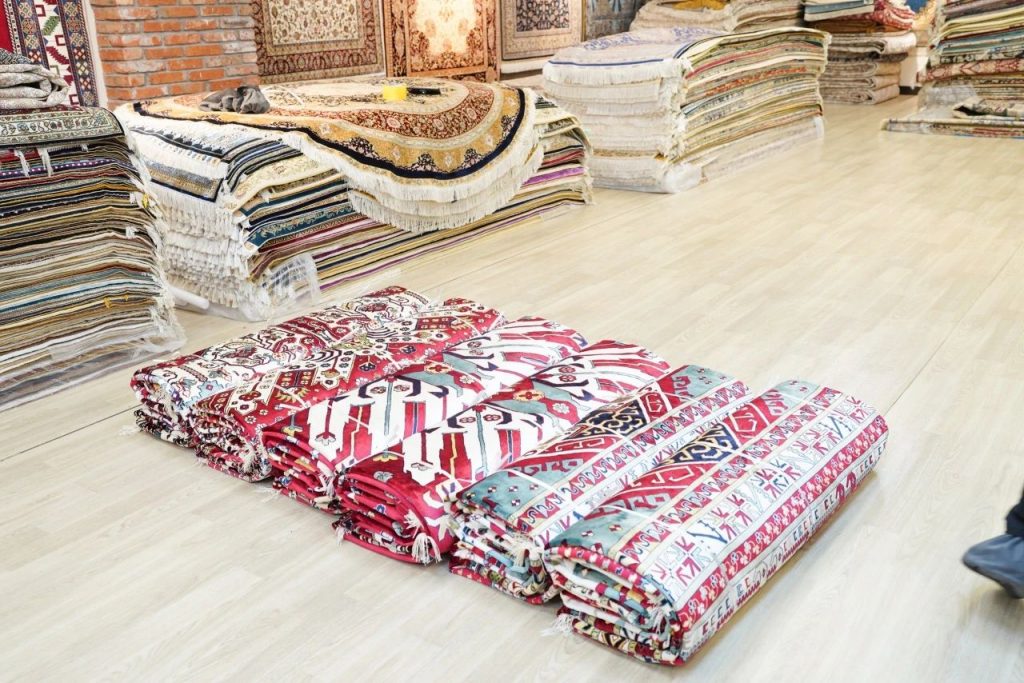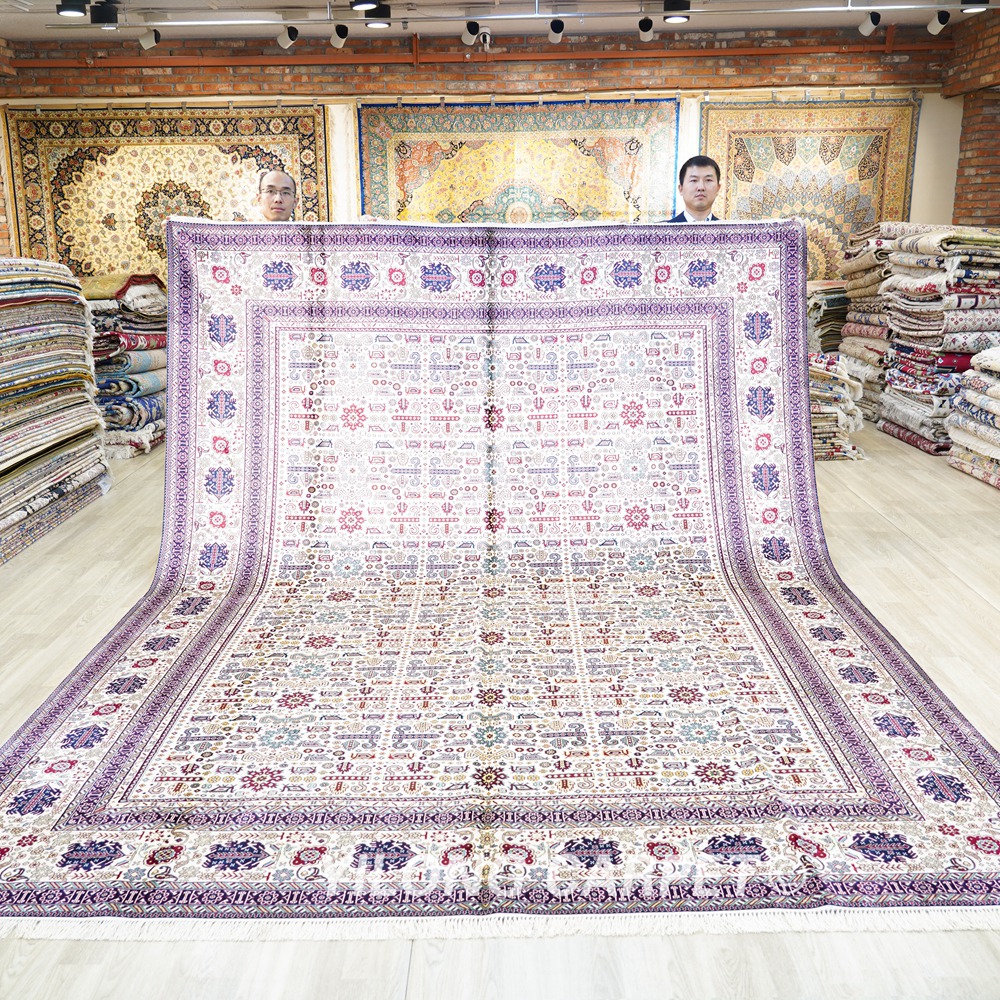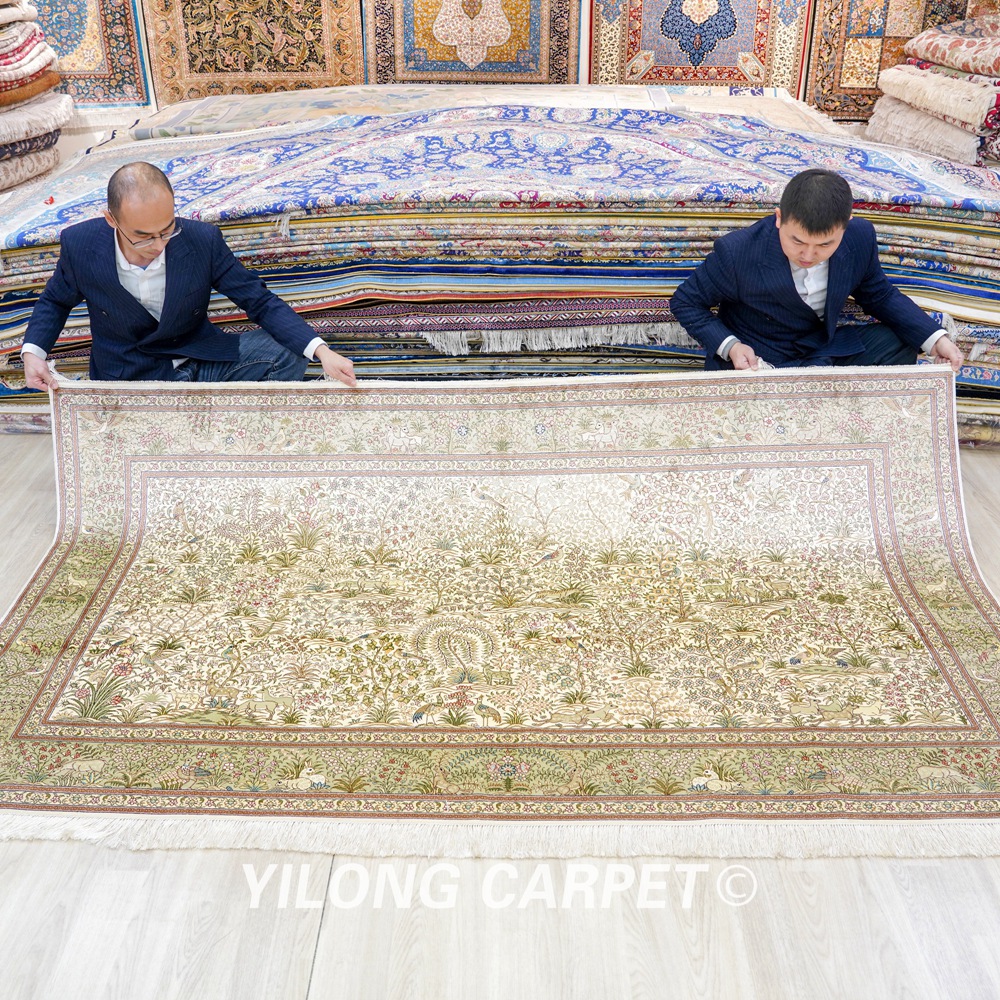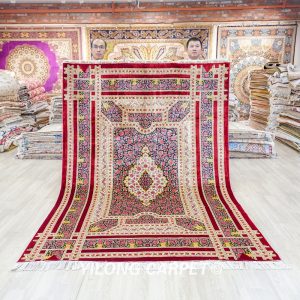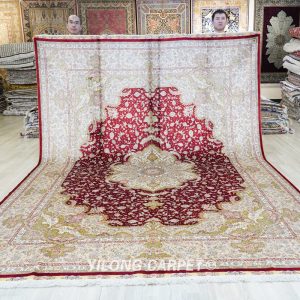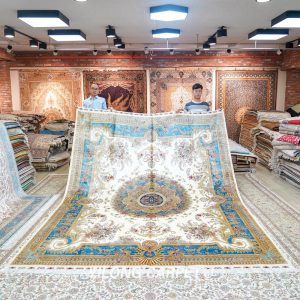Today we are going to pack a batch of handmade silk carpets to Azerbaijan.
The tribal carpet, also known as the "Konaghend Carpet", is the earliest rugged carpet pattern that originated from the Caucasian region and the local aboriginal people along the way, with obvious rural tribal elements. At the end of the 19th century, with the development of traffic and trade channels, tribal carpets began to spread out of the Caucasus region, and entered European and American families for the first time, and then swept the world.


The pattern of the tribal carpet is not much different from the Persian carpet. It is a "central medal" pattern in the middle of the carpet surface. It is composed of a "main boundary" surrounded by a special pattern. But there are great differences in the performance of the two patterns:
The Persian-style pattern will be more realistic and specific. For example, a flower is woven completely according to the actual flower, and the pattern of the tribal carpet will be more abstract. The geometric pattern is expressed. Therefore, compared to the elegance and nobleness of the Persian pattern, the tribal style often gives people a rough and wild feeling and has its own casual and free temperament.


The color matching of the tribe carpet is very eye-catching and has the characteristics of the times. The most commonly used red, warm brown, black, and warm green are derived from the best-selling spice colors on the Silk Road, such as pepper, pepper, and frankincense. This color scheme that imitates the color of the original plant makes the tribal carpet naturally have a retro feeling, and the visual impact is extremely strong.
Although the tribal carpet has been born for 5 centuries, it is very popular in Europe and the United States, but most people know very little. Because the popularity is not high.
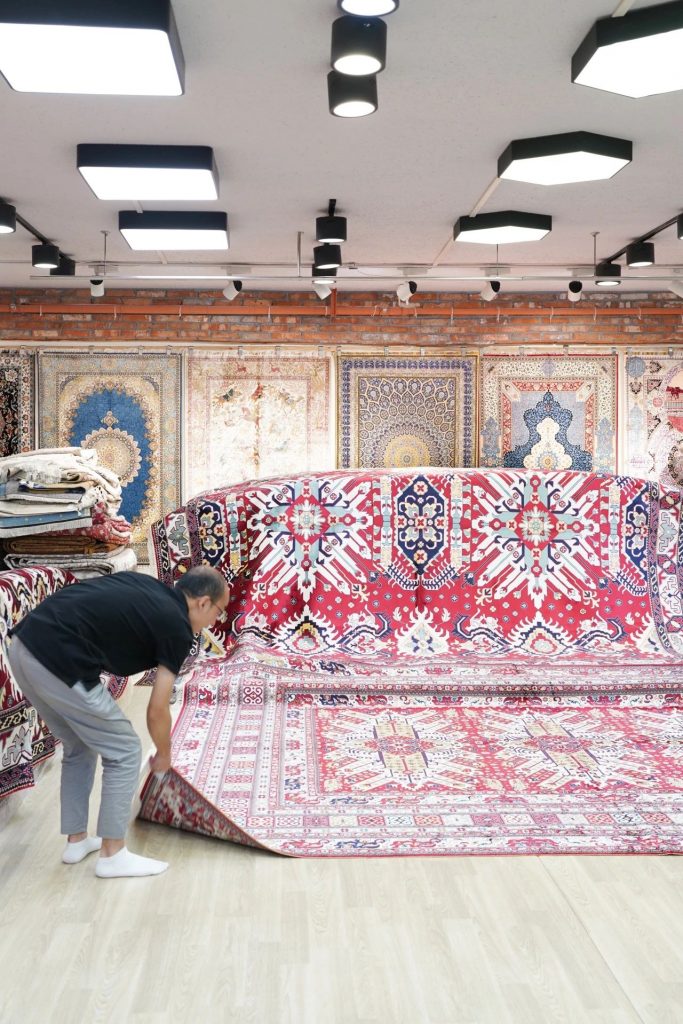

But even so, it is still impossible to stop friends' love for tribal carpets. Last year, a designer from the USA ordered several tribal wind carpets from us. At that time, he was very excited to find us, because before that he consulted many carpet factories but did not find a tribal carpet with real silk. Finally, he hugged us. Fortunately, when he found us, he placed an order and paid, without hesitation.
Today, the number of tribal-style handmade silk carpets is not large. Individual patterns have even been out of stock, and the out-of-stock patterns will not be produced again in the future. If you are interested in such patterns, please contact us without any hesitation.

